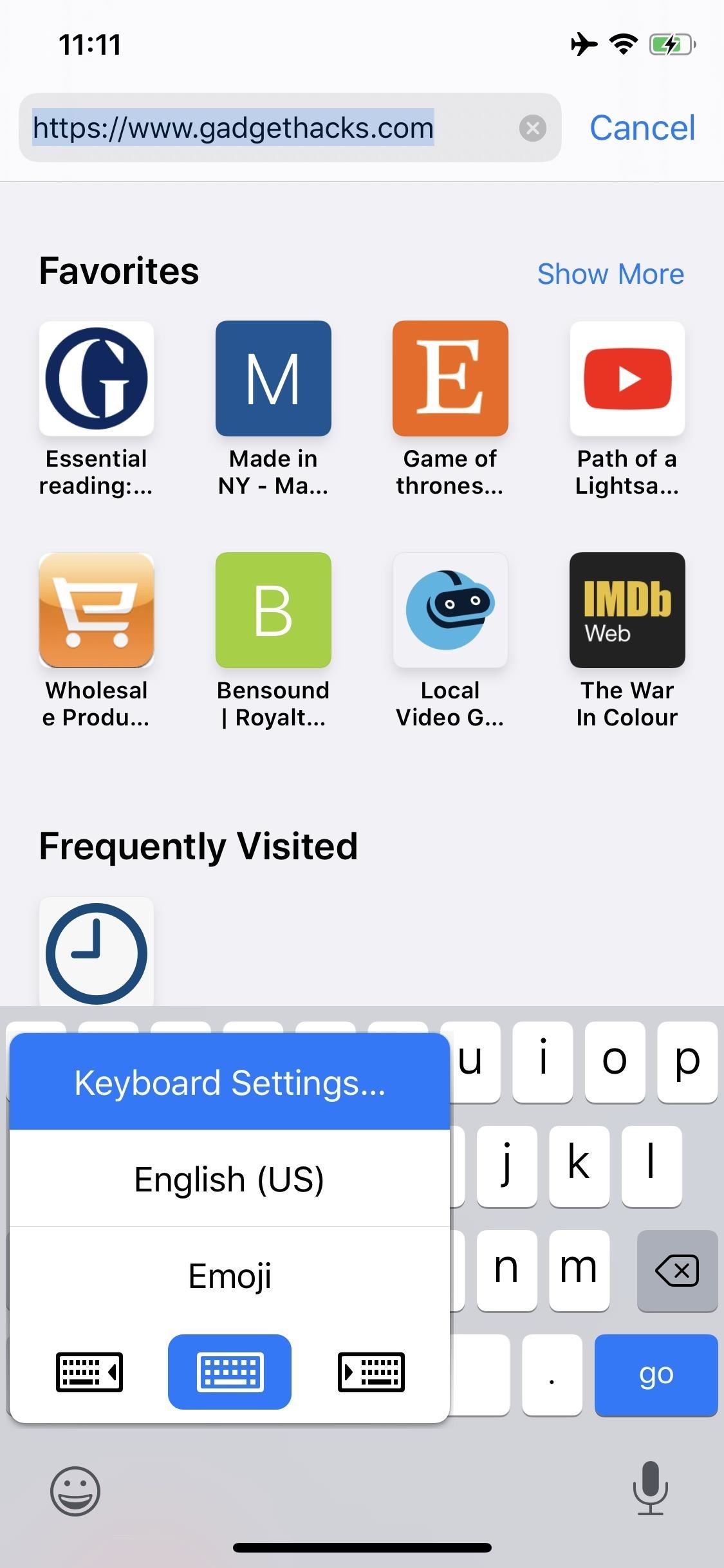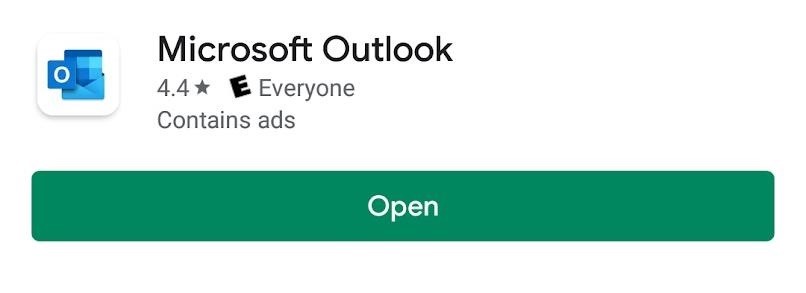News and New Product Briefs (June 16, 2000)
INDEXHEAD: Citrix optimizes Java apps on MetaFrame for Solaris
At JavaOne 2000, Citrix Systems demonstrated its technology for improving graphical Java applications that operate on Citrix MetaFrame for the Solaris operating environment. Citrix’s Java optimization methods enhance the distribution of Java UIs (user interfaces) via MetaFrame by increasing the number of users who can access Java applications from a single server and by speeding a Java application’s start time.
The creation of Java UIs for n-tier applications has been restricted by the difficulties of distributing graphical Java apps to different client platforms while retaining solid performance measures. Citrix overcomes these challenges by allowing resources to be shared between multiple user sessions, which results in the faster deployment of graphical Java applications. The technology also allows users of small client devices to access large Java apps.
INDEXHEAD: VMFoundry runs Java apps on bare hardware
Websprocket has introduced VMFoundry, a software tool that allows Java applications to operate directly on hardware without an operating system. The technology offers Java developers an embedded-system development tool that allows embedded systems to be created in Java. The system is then compiled using a Java compiler and synthesized by VMFoundry, which generates a dynamic binary to execute the Java application on the hardware without an operating system or JVM. VMFoundry incorporates the OS needs of an application into the synthesized image it creates.
Other VMFoundry features include:
- Autoparsing, which reviews a Java application and generates the smallest set of Java classes needed to operate it
- Packager, which relies on a user-defined set of Java classfiles to generate a small memory footprint
- Classdicer, which “dices” classes and eliminates unused elements
INDEXHEAD: Motorola unveils J2ME-enabled handsets
Motorola has expanded its product line with a handset platform capable of running local and network applications. The handsets rely on Sun Microsystems’ J2ME technology, which facilitates the downloading of applications to wireless devices. The handset combines Motorola’s iDEN technology — which allows users to conduct and receive phone calls, use the phone as a wireless modem, transmit and receive email, and access Internet data — with J2ME. This blend allows organizations to expand their networks into the mobile environment by permitting multiple phones to operate local and network-based Java applications. Motorola’s first handset that implements this communication and computing platform should ship by the end of 2000.
INDEXHEAD: SoftWired targets wireless market with iBus-Mobile
SoftWired has expanded its iBus product line to handheld and wireless markets with the addition of iBus-Mobile. The Java-based iBus-Mobile technology meets Sun’s Java Messaging Service (JMS) standards for messaging middleware. It also guarantees the completion of wireless e-commerce deals by embedding a database on mobile devices. The database saves incomplete e-commerce transactions until the e-commerce server has processed them. iBus also allows Java applications to exchange data via SMS, WAP, GPRS, or Bluetooth. iBus-Mobile applications can be revamped to meet future GPRS or UMTS demands.
The iBus-Mobile technology should be released to wireless development partners in August 2000. The first version is expected to support EPOC, Palm OS, Windows 98/NT/2000, Symbian, Solaris, and Linux.
INDEXHEAD: IBM contributes SOAP technology to Apache Software Foundation
IBM has presented the Apache Software Foundation with its Simple Object Access Protocol (SOAP) technology. The Apache Software Foundation is a resource for developers writing applications using vendor-free, open processes, and the organization plans to use the SOAP4J technology as part of its open-source XML project. The Java-based SOAP specification establishes an Internet-oriented way of using XML to transmit messages and to access dynamic Web services via distributed networks.
Users can download the Apache Software Foundation’s revamped version of the SOAP4J implementation or IBM’s original SOAP4J version.
The Apache Software Foundation:
IBM’s SOAP technology:
INDEXHEAD: Bolero 3.1 adds XML capabilities
Software AG USA has updated its Bolero 3.1 development environment with support for XML. Bolero ships with the Bolero Component Studio development environment and the Bolero Application Server runtime environment.
The application offers the following features:
- XML support via a DTD class generator with built-in parsing capabilities based on DOM and SAX
- EJB and Java Transaction Service (JTS) support
- CLIP for SAP’s R/3 systems, which allows developers to call R/3 functions from Bolero applications and to transfer information between Bolero and R/3
- HoTMetaL PRO 6.0 capabilities for Website development
- Expanded collaborative features that allow development teams to access the collective workspace via check-in/check-out procedures
Bolero 3.1 is expected to ship in July 2000. A personal edition of Bolero can be downloaded free of charge.
INDEXHEAD: Zero G’s PowerUpdate rejuvenates software applications
Zero G has announced plans to launch PowerUpdate, a Web-based updating service for software applications and data. The free service notifies users when a product upgrade or new version is available. The service targets technical support centers and large IT networks.
PowerUpdate is written in Java and runs on Unix, Windows, and Macintosh platforms. It communicates based on Internet standards and relies on a Web-based graphical interface. Users can use a Check for Update icon to check for changes or have PowerUpdate automatically start when they operate application software. When a change occurs, users can then decide if they want the enhancement downloaded and installed on their system. PowerUpdate can also update other data files, including standard spreadsheet or word-processing documents and HTML.
PowerUpdate should be available during the summer of 2000. The basic PowerUpdate service is free of charge.
INDEXHEAD: SND supports Java on handheld and cellular devices
Smart Network Devices (SND) has introduced software and hardware for creating Java applications on embedded and handheld systems. SND’s Micro WebTarget includes a small single-board computer with hardware design schematics that can be used to model Java applications. The board relies on the Hyperstone CPU (a German processor) and a realtime operating system created for that processor. The offering also includes TCP/IP software and a built-in Ethernet connection. SND plans to add email support and a small Web server by the end of the summer of 2000.
Micro WebTarget also features J2ME, a compact K virtual machine, and a set of Java APIs that target small mobile devices, such as PDAs and cellular phones. A mobile client starter kit ships with the hardware and software needed for keyboard and LCD design, a key layout to imitate a mobile telephone keypad, and a graphics display of 128 by 64 pixels. The software applications operate on both Windows and Linux environments.
The Micro WebTarget kit is priced at ,350. The Mobile Client Starter Kit, which includes WebTarget, is priced at ,400.
INDEXHEAD: InstallShield enhances Java Edition with Linux
InstallShield Software has added Linux support to its updated InstallShield Java Edition 3.5 installation. Version 3.5 includes Web Start Wizard technology, which allows developers to create a single Windows-like installation across multiple platforms, including Linux, Windows, and Solaris environments. The particular needs of each operating system are met with platform packs that include OS-specific characteristics and platform-specific installation functions. With the new Linux support, developers can now support Red Hat Package Managers (RPMs), desktop icons, and launch scripts.
Other new features offered in Version 3.5 include:
- Java Native Interface (JNI) support, which allows users to access native libraries
- Dynamic file-refreshing capabilities, which keeps the installation contents current with the application binaries and eliminates the need to open an IDE to renew file names
- A silent installation feature, which allows developers to install applications without user input and without showing a user interface
- Expanded language support, which includes support for Chinese (traditional and simplified), Korean, Swedish, Japanese, French, Italian, German, and Spanish
InstallShield Java Edition 3.5 is expected to ship in late June 2000. It costs 95 for new customers, and 95 for current InstallShield Java users who want to upgrade.
INDEXHEAD: Jedi adds KVM technology to JStar accelerator
Jedi Technologies plans to support Sun Microsystems’ KVM technology with its JStar Java accelerator. The JStar accelerator is added to CISC or RISC microprocessor architectures as an instruction path coprocessor, and improves the performance of Java applications without creating a need to port legacy software, change a native processor’s core, or invest in new tools. The accelerator can be used in an array of applications ranging from servers to smart cards, and it scales with native processor frequency. JStar consists of software IP and hardware, and requires no processor memory expansion. It interacts with the native microprocessor core and its memory subsystem or cache. It behaves as a Java interpreter in silicon by taking bytecode instructions from memory and implementing them with the native processor. Since the interpretation occurs on the chip, it can be processed in parallel, which is faster than software interpretation. JStar also functions on Java byte codes, which eliminates the additional memory needed by JIT compilers to store the native code they create.
INDEXHEAD: SmartLayout hones GUI development
Software As We Think has unveiled SmartLayout 1.1, a Java layout tool for developers. The tool is similar to the GridBagLayout manager that is part of Java’s AWT package. As with the GridBagLayout, SmartLayout allows developers to define a LayoutConstraint object, which establishes how to add components to containers. SmartLayout takes these concepts further by allowing developers to specify where a component is to be anchored and how it is connected to a container’s location, proportions, dimensions, and other aspects of the GUI. SmartLayout also ships with the SmartLayout Borland Layout Assistant for JBuilder 3 and above, with which developers using JBuilder 3 create GUIs.
INDEXHEAD: Bluestone Software unveils Total-e-Server
Bluestone Software has announced its Bluestone Total-e-Server and the Application Server edition of its Total-e-Business platform. Both releases support Sun’s J2EE specification and rely on XML for integrating with other applications and internal communications. The Total-e-Server’s J2EE implementation includes support for EJB, JSP 1.1, Taglibs, and Java Servlets 2.2.
The Total-e-Server contains the following elements:
- Bluestone Universal Business Server for TeB
- Bluestone XML Server for TeB
- Bluestone Universal Listener Framework for TeB
- Bluestone Application Manager for TeB
- Bluestone Security Console for TeB
- Bluestone Connector Capability
- Bluestone J2EE Developer
Bluestone’s Total-e-Server should be available in early July 2000. Pricing will start at 0,000.



